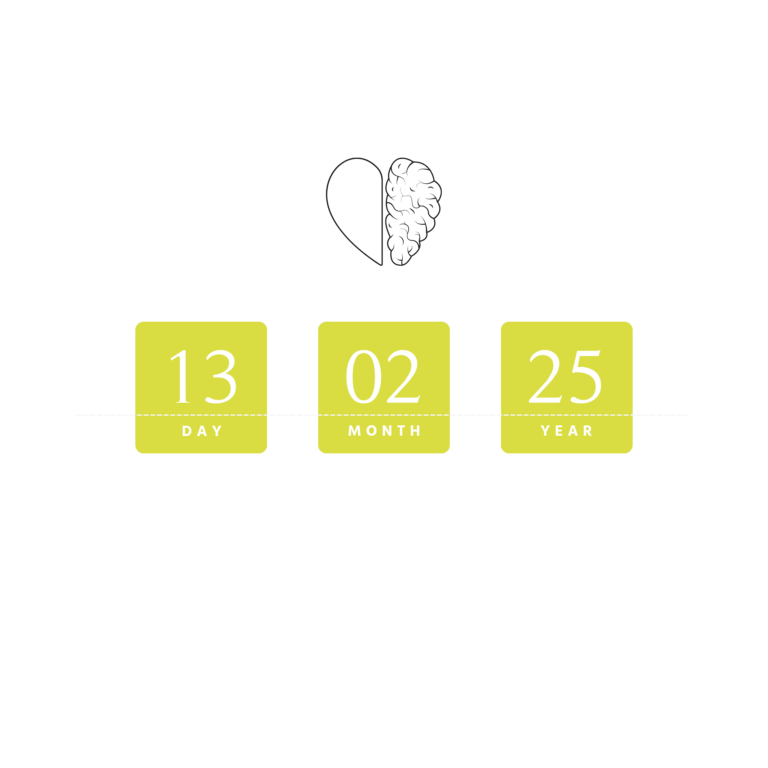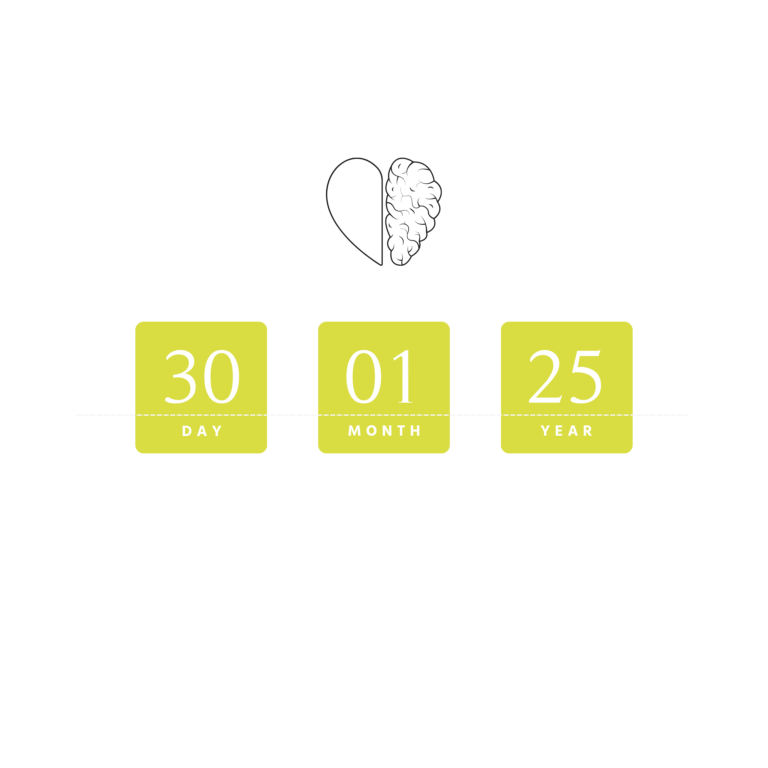Confidence is the cornerstone of a fulfilling and successful life. It acts as a catalyst, propelling you toward your goals, helping you navigate challenges, and enabling you to seize opportunities. But what exactly is confidence? How can you build it, and why do some people seem so confident while others struggle? This article delves into the psychology of confidence, explores various theories from sociology to psychology, and provides insights from notable books on the subject.
Table of contents
Understanding Confidence: A Psychological Perspective
The Nature of Confidence
At its core, confidence is the belief in your abilities to succeed in new situations or accomplish a task. It encompasses self-assurance in one’s skills and judgments. Psychologically, confidence can be divided into two main types:
- Self-Confidence: This refers to general feelings of trust in one’s abilities.
- Self-Efficacy: Introduced by psychologist Albert Bandura, this term describes one’s own belief in one’s capacity to act in ways necessary to reach specific goals.
I have found that when four specific personal attributes are aligned, we experience internal and external confidence.
- Believe – self-efficacy
- Feeling – interpretation of your inner sensations
- Presence – attitude
- Actions – ability to move forward
When aligned, these layers create self-experienced and perceived confidence. Let’s explore the research behind confidence a little more.
Theories on Confidence
Albert Bandura’s Self-Efficacy Theory
Albert Bandura’s theory of self-efficacy is one of the most influential psychological constructs related to confidence. According to Bandura, self-efficacy influences how you think, feel, motivate yourself, and act. According to Westerman (2017), high self-efficacy can lead you to view challenging problems as tasks to be mastered rather than threats to be avoided.
Bandura identifies four sources that shape self-efficacy:
- Mastery Experiences: Success builds a robust belief in one’s efficacy.
- Vicarious Experiences: Observing others successfully completing a task can strengthen beliefs in one’s own abilities.
- Verbal Persuasion: Encouragement from others can enhance self-belief.
- Emotional & Physiological States: Positive mood states improve perceptions of efficacy; stress or fatigue may undermine it.
Locus of Control
Julian Rotter’s concept of Locus of Control plays a significant role in understanding confidence psychologically. Locus of control refers to an individual’s perception regarding the underlying causes of events in their life:
- Internal Locus of Control: Believing one controls one’s life events.
- External Locus of Control: Believing that external forces or luck dictate life events.
People with an internal locus of control tend to have higher confidence levels because they feel empowered by their ability to influence outcomes through their actions.
Carol Dweck’s Mindset Theory
Additionally, Carol Dweck’s research on mindset offers valuable insights into building confidence. Dweck posits that individuals possess either a fixed mindset (believing that abilities are static) or a growth mindset (believing that abilities can be developed through effort). Those with a growth mindset are more likely to embrace challenges and persist despite failures—key components in building lasting confidence.
A growth mindset, also known as a positive or flexible mindset, allows one to see possibilities and think outside one’s lived experience.
Sociological Perspectives on Confidence
From a sociological standpoint, confidence is not only an individual trait but is also influenced by social structures and cultural norms. This is a crucial aspect because if you have grown up in a surrounding that fosters a fixed mindset, it is more likely that you will not only look for external validation but also find it challenging to create a confident self-image. Understanding how the people and culture around you are influencing you can significantly help you to
Social Learning Theory
Originating from Albert Bandura’s work but extending beyond individual psychology, social learning theory suggests that people learn behaviors through observation and imitation within their social context. This means that confident behavior can be learned by seeing role models demonstrate such traits effectively.
Gender Socialization
Sociologists have long noted how gender socialization impacts confidence levels differently for men and women. Societal expectations often encourage assertiveness in men while promoting modesty in women—a disparity that contributes significantly to the “confidence gap” between genders.
While psychological theories focus on individual beliefs and perceptions, sociological perspectives examine how social structures, cultural norms, and interpersonal relationships influence confidence.
Social Comparison Theory
Leon Festinger’s Social Comparison Theory posits that individuals determine their own social and personal worth based on how they stack up against others:
- Upward Social Comparison: Comparing oneself with those who are perceived as better off.
- Downward Social Comparison: Comparing oneself with those who are perceived as worse off.
While upward comparisons can sometimes motivate individuals toward self-improvement, they often lead to feelings of inadequacy if not managed properly. Conversely, downward comparisons temporarily boost self-esteem but do not necessarily contribute to long-term growth or genuine self-confidence.
Symbolic Interactionism
Herbert Blumer’s Symbolic Interactionism focuses on how people interact with each other using symbols (such as words), which shape their identity and behaviors over time:
- Self-concept Development: We develop a sense of who we are through interactions with others.
- Role-taking: We gain insights into our capabilities by adopting different roles (e.g., leader).
- Feedback Mechanisms: Receiving feedback from peers helps refine our self-perception.
This theory underscores the importance of social interactions in shaping our confidence levels by providing opportunities for role experimentation and feedback assimilation. I am highlighting these theories as examples of how your surroundings can influence how you feel and think about yourself. Becoming aware of this is the key to creating enough distance to become self-sufficient when it comes to building confidence.
So, what can you do to impact your confidence levels?
Building Confidence: Practical Strategies
Building confidence involves both internal reflection and external practice:
- Set Achievable Goals: Start with small tasks you’re sure you can complete successfully.
- Seek Feedback: Constructive criticism helps identify areas for improvement without undermining your overall sense of competence.
- Practice Self-Compassion: Treat yourself with kindness during setbacks rather than harshly criticizing yourself.
- Visualize Success: Mental imagery techniques can enhance performance by creating positive expectations.
- Expand Comfort Zones Gradually: Regularly challenge yourself with slightly more difficult tasks as your competence grows.
Insights from Notable Books on Confidence
The Confidence Code by Katty Kay & Claire Shipman
The Confidence Code: The Science and Art of Self-Assurance—What Women Should Know by Katty Kay and Claire Shipman explores why women often lack the same level of confidence as men despite equal capabilities.
Key Takeaways:
- Biological Differences: Hormonal factors like testosterone play a role but are not determinative.
- Risk-Taking: Men tend to take more risks, which builds experience over time; women often wait until they feel 100% ready before acting.
- Perfectionism: Women are more prone to perfectionism, which hampers action-taking due to fear of making mistakes or being judged harshly.
Kay and Shipman advocate for adopting strategies like embracing risk-taking behaviors early on (even if imperfect), practicing decisiveness daily through small decisions (to build up ‘decision muscles’), and seeking out supportive networks where vulnerability isn’t seen as a weakness but as a strength instead—all aimed at closing this pervasive ‘confidence gap’.
Presence by Amy Cuddy
Amy Cuddy’s Presence delves deep into how body language shapes our thoughts, feelings, and actions. Ultimately, it influences overall success rates encountered throughout varied scenarios faced on a daily basis! Drawing upon extensive research conducted at Harvard University alongside numerous case studies presented compellingly manner accessible audiences globally alike!
Key Takeaways:
- Power Poses Influence Confidence
- Tiny habits: Small changes create a big impact.
- The Mind-Body Connection
- Presence Is About Authenticity
Power Poses Influence Confidence: Adopting expansive, open-body postures can increase feelings of confidence and control while reducing stress hormones like cortisol. Cuddy’s research suggests that standing or sitting in a “power pose” for just a few minutes can significantly impact your mindset, boosting performance in high-pressure situations.
Small Changes, Big Impact: You don’t need to make significant life changes to improve your presence. Instead, focusing on small, consistent habits (such as adopting a better posture) can create significant shifts in how you perceive yourself and others. These “tiny habits” make you feel more powerful when it counts.
The Mind-Body Connection: How you think affects how you behave, and how you behave influences your thoughts. You can change your internal state by changing physical behaviors—like improving posture or focusing on strengths. This includes reducing self-doubt and anxiety, which often come from feeling powerless.
Presence Is About Authenticity: “Presence” means bringing your authentic self to challenging situations. It’s about aligning your thoughts, emotions, and actions so that you feel comfortable expressing yourself fully. This alignment makes you more persuasive and charismatic.
Please beware of the i-Posture: Cuddy also discusses how technology can influence our body language. Constantly looking down at devices like smartphones puts us in a contracted posture, diminishing confidence. Being mindful can help you adopt more powerful, assertive body language throughout the day.
Grit by Angela Duckworth
Angela Duckworth’s book “Grit” explores the perseverance and passion that drive ordinary people to achieve extraordinary things. It delves into the unwavering determination and pursuit of excellence despite facing significant obstacles. Duckworth showed through her research that these individuals overcome challenges with sheer tenacity and a commitment to their deeply held convictions and guiding principles. They remain steadfast and focused on their ultimate objectives, realizing their goals and celebrating their well-deserved triumph.
Angela Duckworth’s Grit emphasizes that success is more about passion and perseverance than raw talent.
Here are the key takeaways:
- Grit Equals Passion + Perseverance: Grit combines passion and sustained effort over the long term. It’s about focusing on a singular goal and not giving up despite challenges. This persistence is often more important than inherent talent.
- Effort Counts Twice: Duckworth argues that effort is crucial for success. Talent alone is not enough; effort multiplies skill acquisition and application toward achievement.
- Growth Mindset: People can develop grit by adopting a growth mindset, believing abilities can improve with effort. This mindset fosters resilience, helping you push through failures and obstacles.
- Interest, Practice, Purpose, and Hope: Duckworth outlines four key elements for cultivating grit: (a) doing something you love (interest), (b) deliberate practice, (c) finding purpose in your work, and (d) maintaining hope and optimism, especially in tough times?.
- Grit Can Grow: Grit is not a fixed trait. It can develop over time, especially as you refine your life goals and values. The older you become, the grittier you will become as you gain more clarity about your long-term objectives.
Your long-term objectives, aka your vision, are also one of your core motivators.
Mindset: The New Psychology of Success by Carol S.Dweck
Carol Dweck’s seminal work underscores the importance of cultivating ‘growth mindsets’ versus ‘fixed mindsets’. Her research reveals those who believe intelligence/talent aren’t fixed traits achieve more because they view failures/obstacles as merely stepping stones toward ultimate mastery rather than insurmountable roadblocks indicating inherent inadequacies, thus fostering resilient forms of enduring confidence necessary for sustained success across various domains of life, whether academic/professional/personal alike.
Key Takeaways:
- Embrace Challenges
- Learn From Criticism
- Celebrate Effort Over Results
- Persist Through Setbacks
Dweck emphasizes the importance of teaching children to value effort/improvement over innate ability alone. Thus, Dweck nurtures adaptive forms of intrinsic motivation conducive to lifelong learning/growth, ultimately leading to higher levels of authentic self-confidence grounded in realistic appraisals of one’s evolving capacities and potentialities.
Conclusion
In summary, confidence is not a static trait but a dynamic quality shaped by both internal beliefs and external influences. Whether derived from self-efficacy, social structures, or mindset, building confidence requires a balance of self-awareness, deliberate practice, and a supportive environment. By aligning your beliefs, feelings, presence, and actions, you can cultivate confidence both within yourself and as perceived by others. The psychological and sociological theories discussed provide a foundation for understanding how you can overcome obstacles, develop resilience, and ultimately empower yourself to achieve long-term success. Confidence, in essence, is a journey shaped by experience, reflection, and action.
References:
Westerman, R., & Westerman, R. (2017). Exploring the potential challenges and benefits of multi-media self-advocacy tools for young people aged 16 -25 with cerebral palsy. https://doi.org/10.15123/PUB.7312
Gauci, A., & Hollin, C. (2012). The social cognition of violent offenders. Journal of Criminal Psychology, 2(2), 121-126.












